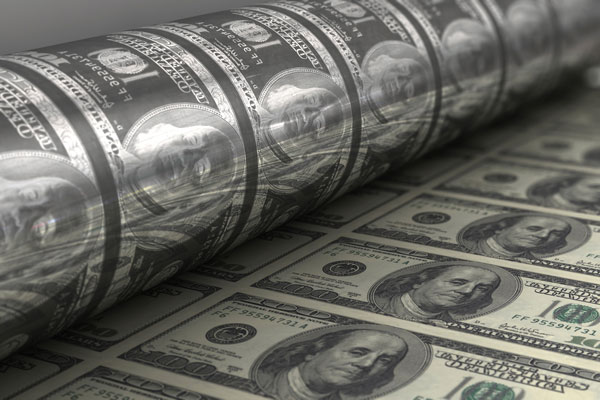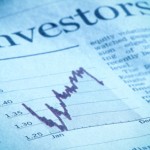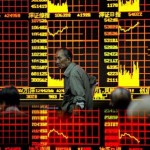The Mysterious Madness Called QE
Quantitative Easing (“money printing”). Investors love it. It’s an avalanche of liquidity that drives up the value of interest-sensitive investments. Everybody gets richer. Or so it seems.
But the mere hint that the US central bank soon intends to cut back on this flood of easy money triggered the equivalent of a mild heart attack in the markets last month.
The mystery is: why do governments persist with a strategy which completely fails to boost economic growth, when it poses great long-term dangers?
Stephen King, HSBC’s group chief economist, has many interesting points to make about QE in his new book*…
- Why QE? It’s because banks “no longer easily channel funds from savers to borrowers. Hence, there is a serious shortage of money. Knowing this, the natural response by households and companies is to hang on to the money they’ve got.” QE “is designed to overcome the perceived shortage by directly injecting money into the economy” by creating money that is used to buy bonds already owned by investors.
This puts cash into the hands of the sellers to reinvest elsewhere. As QE buying lowers yields on the safest assets, “demand for riskier assets – equities, real estate – may then increase. Listed companies can then raise funds more cheaply – via the stock market – and households can, in theory, borrow more easily against the – now-rising – value of their properties.”
Trouble is, in practice QE has done little to boost economic growth. Potential investors in expansion are wary. For many, QE “sounds distinctly suspect [and] has no personal relevance.” So it “makes little difference to economic behaviour.”
- One reason “for increased skepticism” is that the lower long-term interest rates produced by QE makes it costlier for pension funds – already seriously in deficit — to provide for their growing future entitlements. Their investments are going to deliver less income.
Consequently, “individuals save more (or borrow less), aware that they are at risk of suffering a pension shortfall; companies choose to divert profits into their pension funds instead of investing in the capital that might kick-start economic growth; and governments have to raise taxes or cut public spending,” reducing the very demand QE is intended to expand.
- “The benefits of QE have a nasty habit of being channelled to precisely those parts of the economy that are unlikely to respond in a positive way. If, for example, lowering bond yields leads to a rally in stock prices, it will be easier for big, blue-chip companies to raise funds.” Most of those are already very profitable and don’t need the extra money.
“Small and medium-sized companies that have little or no access to capital markets and, instead, remain dependent on bank lending, have however derived little or no benefit.”
- QE boosts the value of government bonds and other, riskier assets such as equities. But most of those are owned by the mature and the wealthy. “The rich become even richer as the economy as a whole remains weak” – one reason being that when the rich gain more, they tend not to spend much of that extra.
- The easy money leaks away to other countries. “The institutional funds that receive it in exchange for central bank asset purchases may choose to invest in other parts of the world where growth prospects appear… to be superior.”
- The easy money doesn’t go where it’s really needed. Governments push aside other borrowers, “siphoning funds to themselves that might otherwise have gone to, for example, small and medium-sized companies.”
CopyRight – OnTarget 2013 by Martin Spring







